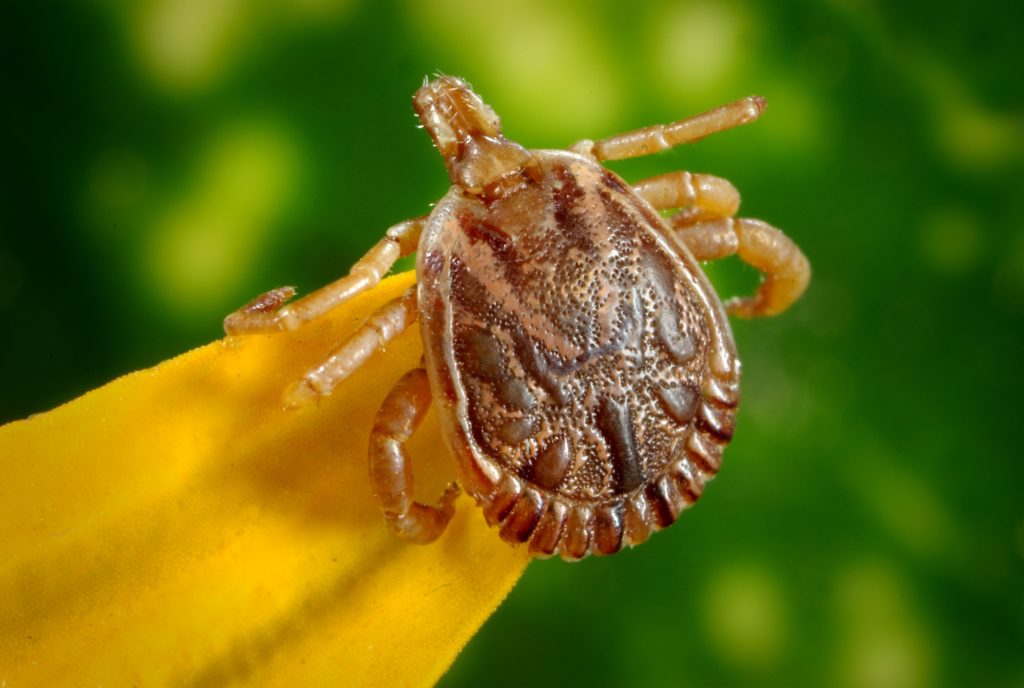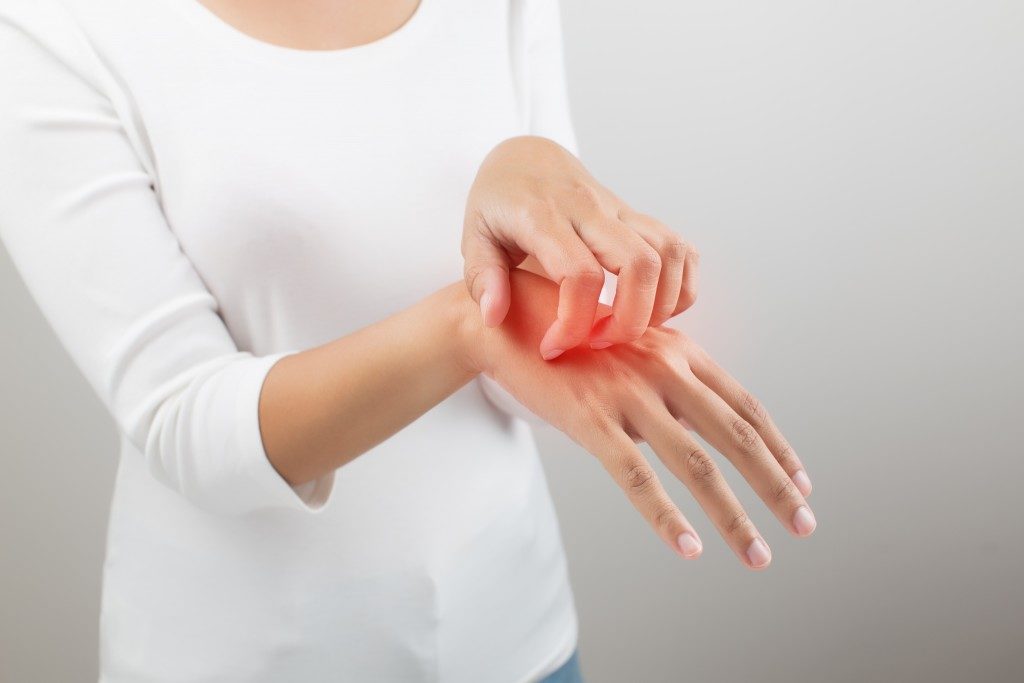Lyme disease, a condition caused by the Borrelia burgdorferi bacteria, can be transmitted to humans through the bite of an infected deer or black-legged tick. The tick can get infected if it feeds on infected birds, deer, or mice. The infected tick must be on the skin for at least 36 hours before the infection can be transmitted.
Antibiotics are among the most common treatments for Lyme disease used by traditional doctors in Salt Lake City. However, there are also alternative medicine clinics that offer natural and non-invasive treatment options.
What Are the Signs and Symptoms?
Early signs and symptoms of Lyme disease include chills, fever, fatigue, headache, and swollen lymph nodes, as well as joint and muscle pain. These are all common symptoms of the flu. But when a rash accompanies it, then you need to have yourself tested.
If left untreated, the symptoms may progress into the following:
- Rashes on other parts of the body
- Neck stiffness or severe headache
- Drooping facial muscle on one or both sides of the face
- Arthritis accompanied by severe joint swelling and pain, especially in the knees
- Inflammation of the spinal cord and brain
- Irregular heartbeat or heart palpitation
- Numbness, tingling, and shooting pain in the hands or feet
What Are the Options for Traditional Treatment?
Traditional medicine uses antibiotics to treat Lyme disease. There are two ways antibiotics can be administered into the body, either orally or intravenously.
- Oral antibiotics – These are usually given to patients with early-stage Lyme disease. These normally include cefuroxime or amoxicillin for adults, younger children, and breastfeeding or pregnant women. Most doctors recommend taking antibiotics for 14 to 21 days. However, some studies suggest that a duration of 10 to 14 days is just as effective at eliminating the infection.
- Intravenous antibiotics – These are recommended if the disease involves the central nervous system. They are usually administered for 14 to 28 days. This type of treatment is very effective in treating the infection. However, it may take a while before you are completely symptom-free.
What Are the Options for Alternative Treatment?
Antibiotics are an effective way to treat the infection. However, they are known to cause various side effects, such as mild to severe diarrhea, lower white blood cell count, and infection or colonization with other antibiotic-resistant organisms that are unrelated to Lyme disease. Fortunately, there are alternative ways to treat or at least alleviate the symptoms of this condition that do not involve medications, such as the following.
- Hyperbaric oxygen therapy
- Light therapy
- Intravenous Immunoglobulin (IVIG)
- Plasmapheresis
- Rife machine
- Stem cell therapy
- Essential oils
- Acupuncture and other traditional Chinese medicine
- Homeopathy
In most cases, people do not realize that a tick has bitten them until they start showing symptoms for Lyme disease. The early signs are not that serious. But if you ignore them, they can get worse, causing you more pain. So, if you or your pet has been to a wooded area and then you start showing any of the symptoms listed above, have yourself checked as soon as possible.



